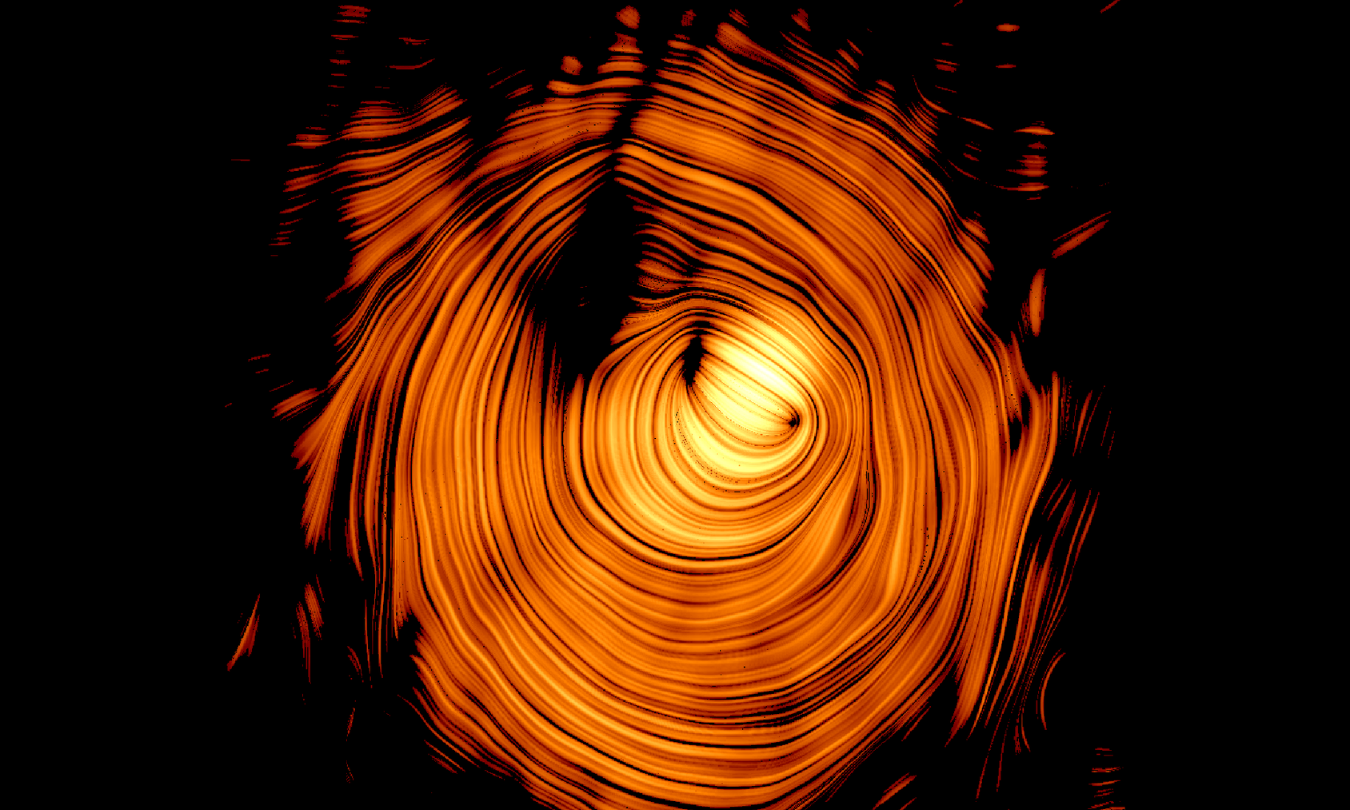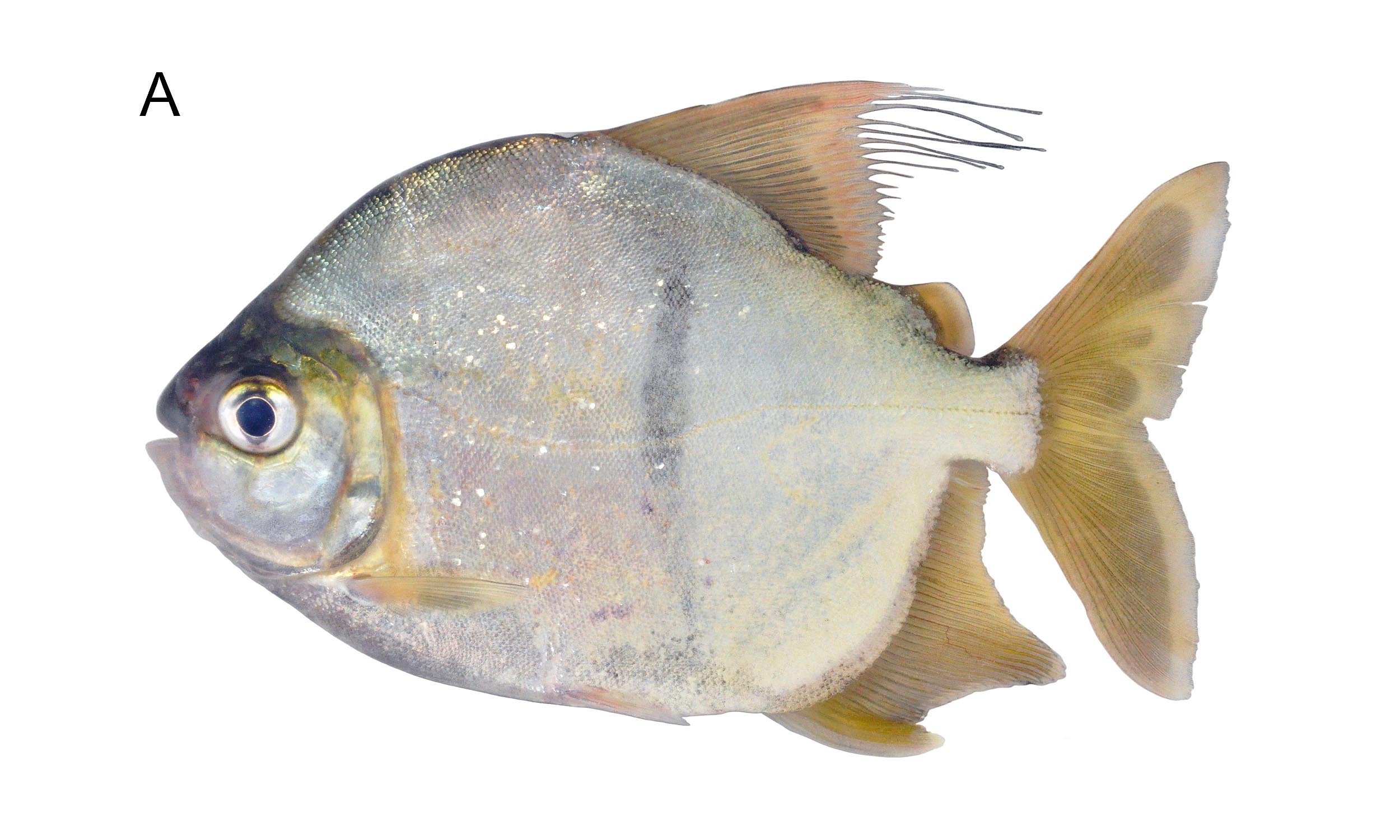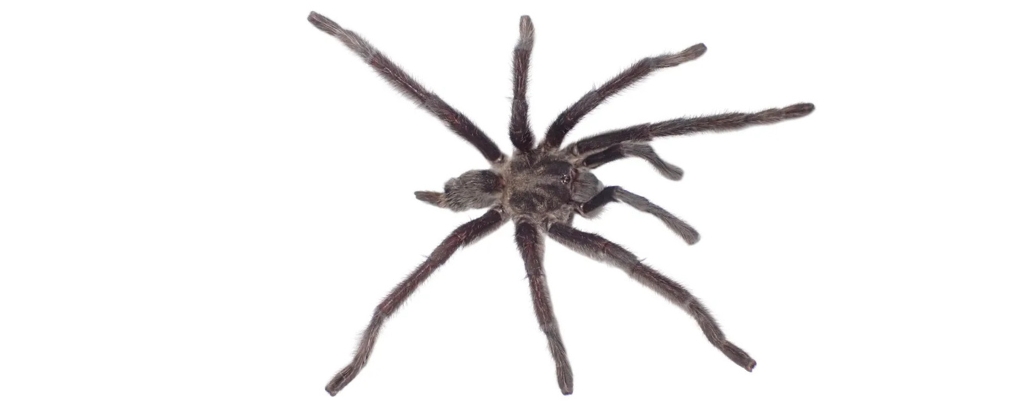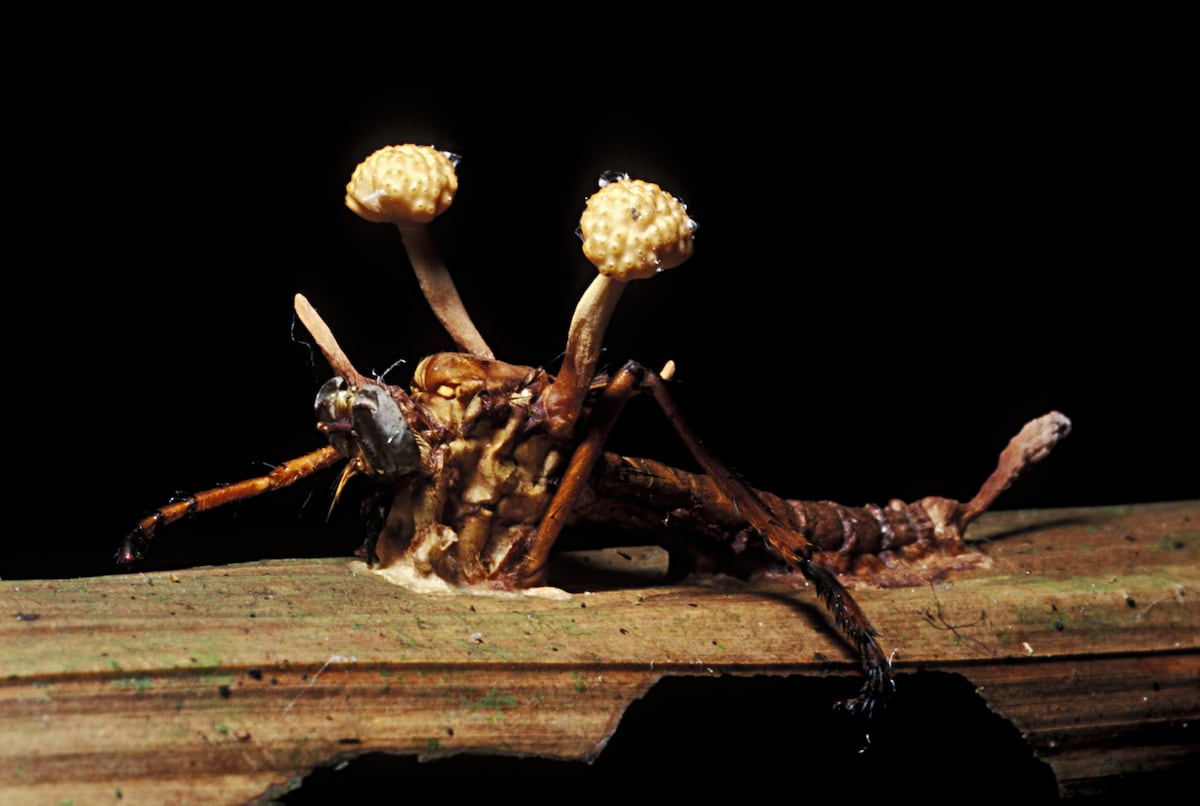Shocking Discovery: Are Birds Changing Sex? The Truth Revealed!

Imagine walking through the lush landscapes of southeast Queensland and realizing that some of the birds around you might not be who they seem! In an astonishing turn of events, researchers have uncovered a startling phenomenon among wild birds: sex reversal. This isn't just a quirky fact; it's a significant finding with implications for conservation and our understanding of avian biology.
In a recent study, scientists conducted post-mortem examinations on several birds that had been admitted to wildlife hospitals for unrelated injuries and illnesses. They meticulously examined their reproductive organs and analyzed their DNA to determine their genetic sex. What they discovered was nothing short of mind-boggling.
According to Dr. Potvin, one of the lead researchers, a staggering 92 percent of the sex-reversed birds were genetically female yet possessed male reproductive organs. This challenges everything we thought we understood about avian gender norms!
But the surprises didn't stop there. They even found a genetically male kookaburra, quite active and exhibiting signs of recent egg production, complete with large follicles and a distended oviduct. It's a mind-bending scenario where traditional views of sex in birds are being flipped on their head.
While sex reversal isn't new in the realms of fish, amphibians, and reptiles, encountering it in wild birds is a rare find. This groundbreaking study sets the stage for a more profound understanding of how this phenomenon occurs among Australia's birds and the potential implications for their conservation.
Dr. Potvin emphasizes the importance of this research, stating, 'Understanding how and why sex reversal occurs is vital for conservation and for improving the accuracy of bird research.' Such knowledge could profoundly influence how we approach bird conservation efforts.
Dr. Clancy Hall, the study's lead author, highlighted a pressing concern: the presence of sex-reversed individuals could disrupt reproductive success in wild bird populations. This can lead to skewed sex ratios, reduced population sizes, altered mate preferences, and, ultimately, the decline of certain species.
Moreover, this discovery challenges traditional methods of identifying bird sex, such as using genetic markers, plumage, or behavior. The implications of these findings could reshape the future of avian research and conservation strategies.




























